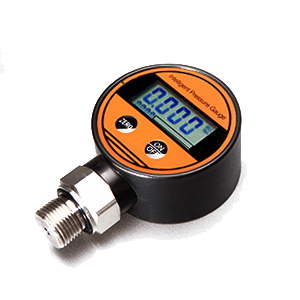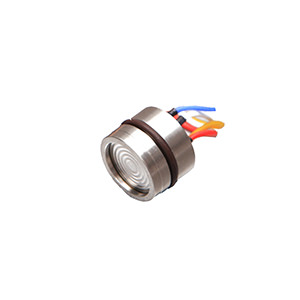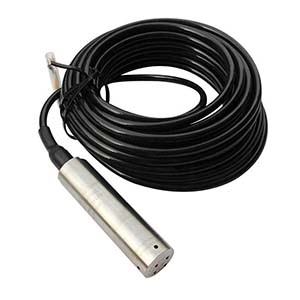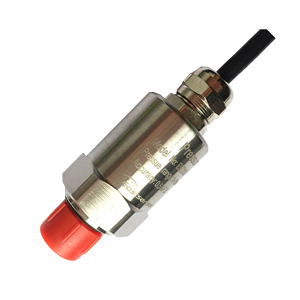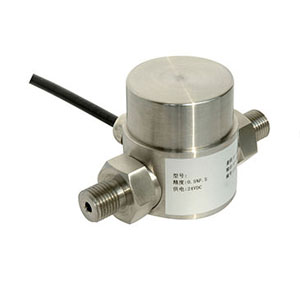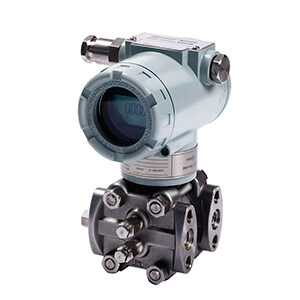What is Pressure Switch
Pressure switches are one of the most commonly used fluid control components. We use them at home, in our refrigerators, dishwashers and washing machines. Whenever we handle a gas or liquid we almost always need to control the pressure.
Our home appliances do not demand high accuracy nor do they experience high cycle rates. By contrast, the pressure switches used in industrial machinery and systems must be rugged, dependable, accurate, and have a high lifecycle.
Most of the time we never think about pressure switches. They just show up with such machinery as paper machines, air compressors or pump sets. In this type of equipment, we depend upon pressure switches to act as safety devices, alarms, or as the control element within the system. But in most cases we give little consideration to this component when we make a purchase.
The basic function of a pressure switch is to detect a pressure change and convert it into an electrical signal function – typically on/off or off/on. Although there are many different types, pressure switches fall under two basic classifications:
- Electromechanical
- Electronic/solid state.
And while each may have its advantages, arriving at the correct pressure switch for your application is the same.
If you want to know what are the difference between pressure switch and pressure transducer, you can check our post of Pressure Switches V.S Pressure Transducer
Electromechanical pressure switches
Electromechanical pressure switches have a sensing element which responds to changes in pressure and mechanically operates a snap-acting switch in response to the pressure changes. Different types of sensing technologies are used in the design of electromechanical pressure switches.
- Diaphragm switches use an elastomeric or weld-sealed metal diaphragm which deflects with pressure changes; they act directly, or via a push-rod, on a snap-acting switch.
- With a bellows or bourdon tube switch, the movement of the bellows, or sealed metal bourdon tube, is caused by pressure changes; this movement mechanically operates a snap-acting switch.
- A piston switch design uses an O-ring sealed piston that moves in response to pressure changes, and directly or via a push-rod, actuates the electrical snap-acting switch.
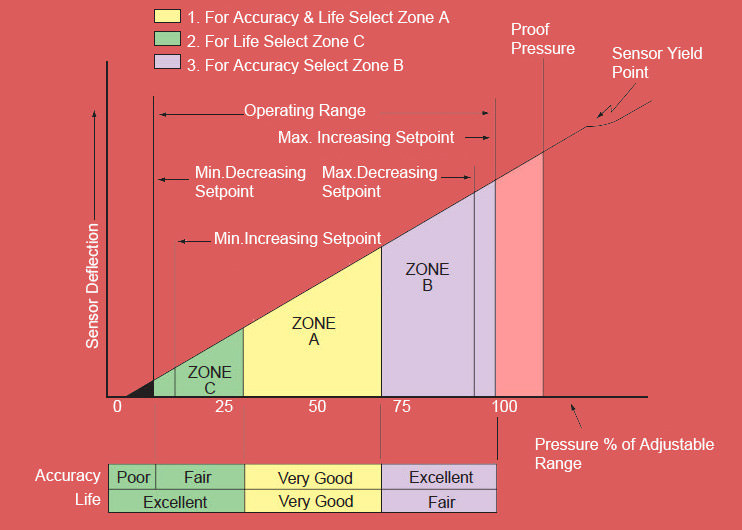
| Types | Range | Accuracy | Life cycles | Cost |
|---|---|---|---|---|
| Bourdon Tube | 50 ~ 18,000 psi | ±0.5% | Less than 25 cycles/min | High |
| Diaphragm | 150 psi and vacuum | ±0.5% | Less than 25 cycles/min | Medium |
| Diaphragm Sealed | from vacuum to 1600 psi | ±2% accuracy | 2.5 million cycles | Low |
| Piston | 0~12,000 psi | ±2% accuracy | 2.5 million cycles | Medium |
Solid state pressure switch
Solid state pressure switches use the same technology found in analog pressure transmitters to sense changes in pressure. A weld-sealed metal diaphragm or O-ring sealed ceramic diaphragm with a piezoresistive strain gage-based sensing element is used to measure changes in pressure. Rather than harnessing the energy of the pressure changes to mechanically operate a switch (as with electromechanical pressure switches), solid state pressure switches electrically measure pressure changes and internal electronic circuitry is used to activate one or more solid state switched outputs.
Today, there are a wide variety of solid-state pressure switches having one to four or more switch points, digital displays, analog and digital outputs, and full programmability.
In addition to opening or closing the pressure switch circuit(s), they provide a proportional analog 4-20 mA signal or digital output. The analog signal can interface with PLCs (Programmable Logic Controls), DCSs (Distributed Control Systems) and computers.
Solid-state pressure switches provide a number of advantages over electromechanical switches, including:
- Much longer cycle life
- Improved accuracy to ±0.25%
- High resistance to shock and vibration
- The ability to handle a wide range of system pressures
- Broad frequency response
- Excellent long-term stability
ESS201 Series Intelligent Pressure Switch adopts the solid-state sensing technology and the major advantage lies in cycle life. Solid-state switches routinely have an operational life of 100 million cycles.
One concern with solid-state switches used in industrial and process settings is electromagnetic interference which can corrupt signal data. One should select a solid-state pressure switch that is in compliance with approved electronic standards. Additionally, a solid state switch requires an input power source to function. EMI/RFI does not affect electromechanical switches because the circuit is a mechanical switch that is either open or closed.
Even with their list of attributes, however, the initial comparatively high price may probably prevent many users from upgrading to this technology. If one is designing a new system, the selection of a solid-state switch may, in fact, be the most cost-effective solution.
When a system requires multiple switch points, a local gauge and transmitters using a solid-state pressure switch can reduce the installed cost by one-half.
Which Application need Pressure Switch
Pressure switches are commonly used in various applications where monitoring and controlling pressure levels is critical. Some of the applications that require pressure switches include:
Pressure switches are used in heating, ventilation, and air conditioning (HVAC) systems to monitor and control the pressure of refrigerant or air. They help ensure proper system performance and prevent damage due to excessive pressure.
2. Pump Systems:
Pressure switches are used in pump systems to monitor the pressure and control the operation of the pump. They can detect low or high-pressure conditions and trigger the pump to turn on or off accordingly.
3. Compressed Air Systems:
Pressure switches are used in compressed air systems to monitor the pressure levels and control the compressor operation. They help maintain optimal pressure for efficient operation and prevent overpressure situations.
4. Hydraulic Systems:
Pressure switches are used in hydraulic systems to monitor and control the pressure of hydraulic fluid. They can trigger alarms or shut down the system if the pressure exceeds safe limits or falls below required levels.
5. Water Systems:
Pressure switches are used in water systems, such as water pumps and water tanks, to monitor and control water pressure. They ensure consistent water pressure and can activate pumps or valves to maintain desired pressure levels.
6. Industrial Processes:
Pressure switches are used in various industrial processes where pressure control is critical. They can be found in applications such as steam systems, chemical processing, oil and gas pipelines, and manufacturing processes.
Click below link to find more details about Eastsensor Pressure Switch products
Additional Posts which may be of interest
- Things you need to know about Diaphragm Pressure Gauges
- Do you really know your pressure sensor accuracy?
- Basic Knowledge You Need to Know about Pressure Gauge
- How to select Pressure Gauge?
- Pressure Switch V.S Pressure Transducer, what’s the difference?
- What is The Difference between Pressure Transducer and Pressure Transmitter?
- Pressure Sensor Technology Comparison
- 10 practices need to considerate before choosing pressure transducer
- What’s the role of smart sensors in Industry 4.0?
- How sensor has been rocking our world?

